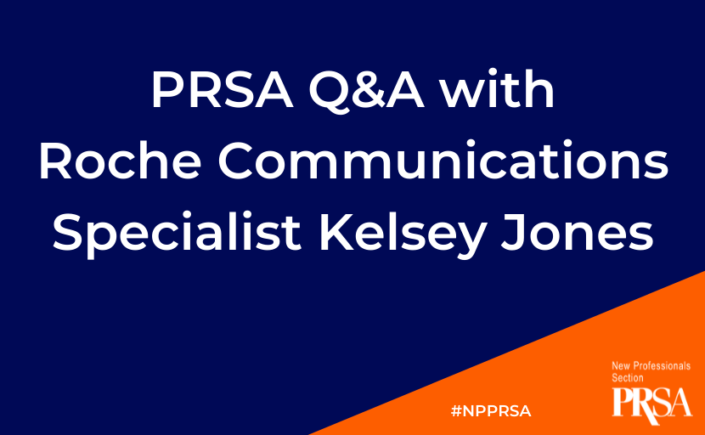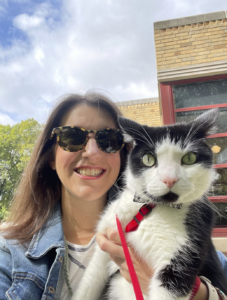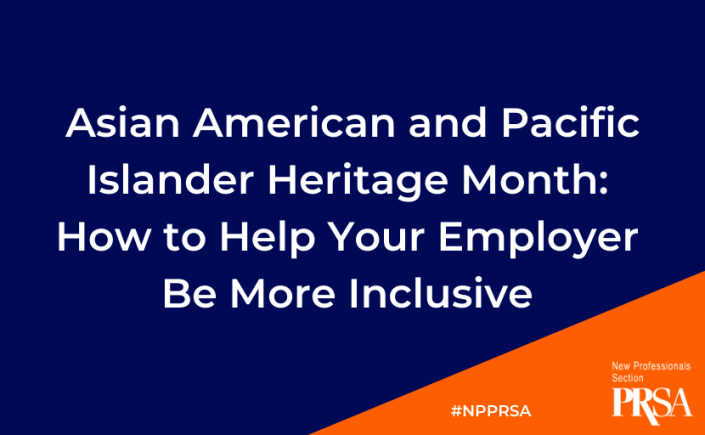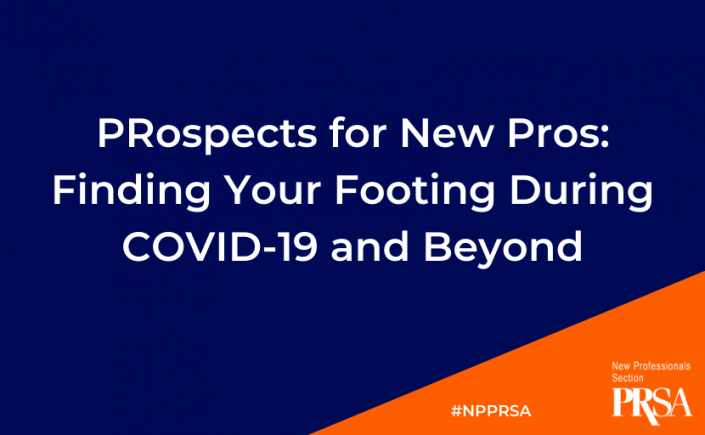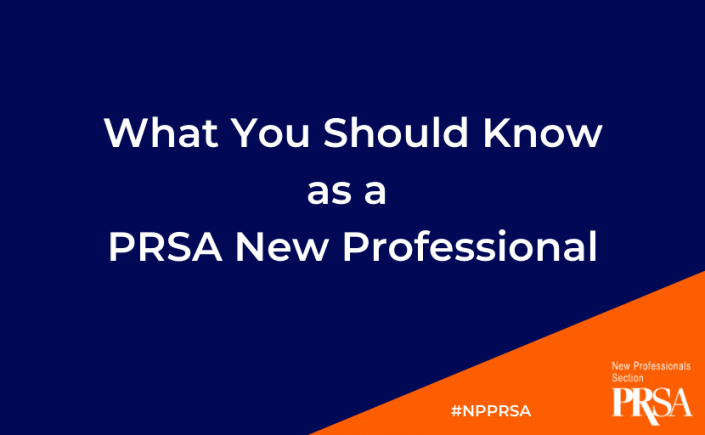What did you want to be when you were in grade school?
As a high schooler, I knew I wanted to be a writer. I was a timid student, but my teachers took notice of my voice and tone in my assignments. I read music blogs voraciously. I thought I would become a music journalist after college. Long story short, I didn’t become one. I joined the military. An officer in my squadron persuaded me to go back to school and finish my degree. There were a lot of ups and downs in my working life. Then the pandemic left me at a crossroads. I had to figure out fast what my next move would be. At the end of 2021, I scored the opportunity of a lifetime, a paid position at one of the top public relations firms in the country, working in their advocacy department.
Now that I’m a PR professional, I am excited to share the first three tips I’ve learned during my journey.
Pick Your Target Before anything else, this must be done. If you want to be somewhere else, this is the beacon to guide you there. Knowing precisely what you want and where you’re going will keep you focused and motivated to persevere. Find some free time and create a list of your hobbies, anything you enjoy. Think about what you’re good at. Have you always been excellent at providing customer service or managing money? This is the time to acknowledge it—research what job titles or industries would likely fit the items on your list. For example, if you like gardening, you could be a copywriter at a company that produces plants and seeds or write for a gardening magazine. When I created my list, something that stuck out to me was that I enjoyed helping others. So working for a nonprofit was a no-brainer for me.
Know Your Story I picked up an excellent tip from the book U-Turn by Ashley Stahl. In a networking chapter, she talked about an encounter where a guest speaker at her college asked her peers who came up to him after class, “What’s your story?” One by one, she noticed how other students stumbled with this question until another student quickly gave her motivations for pursuing a particular career and why. She realized how vital it is to have a story or even a personal mission statement. Find a way to mention your strengths.
I usually state this:
I was in the Air Force reserves for six years; although I worked as a maintainer, I grew an interest in the work of public affairs personnel on my base. While in school, I worked as a technical writer for two companies. I learned how to deal with fast deadlines but found out the field wasn’t a good fit. The pandemic happened, and I had to reassess what I wanted with my life. I knew I had an interest in helping others, which led me to work for an agency on their public affairs advocacy team.
How would you introduce yourself at a networking event or to a potential employer? You never know who could help you along the way, so be prepared.
Become a Volunteer Now that you know what you want to be, you need the opportunities to emulate it. The best way to gain familiarity in your chosen field is to make yourself available. You’d be surprised at the amount of organizations and entrepreneurs out there needing creative or administrative help. I was lucky enough to find an internship with a respected national nonprofit. It did not pay, but it confirmed the industry was for me, and I secured recommendations from my coworkers. Of course, bills come first, but if you can set aside some time for something like that or even a short-term project, It’s well worth it.
Now that we’ve finished talking about where to start, come back next month, when I’ll share with you the meat of the process, gaining the knowledge, and revamping your resume.


